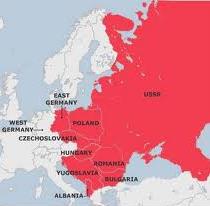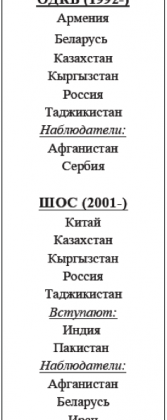(Wilson Center) Crimea was part of Russia from 1783, when the Tsarist Empire annexed it a decade after defeating Ottoman forces in the Battle of Kozludzha, until 1954, when the Soviet government transferred Crimea from the Russian Soviet Federation of Socialist Republics (RSFSR) to the Ukrainian Soviet Socialist Republic (UkrSSR). The transfer was announced in the Soviet press in late February 1954, eight days after the Presidium of the USSR Supreme Soviet adopted a resolution authorizing the move on 19 February. The text of the resolution and some anodyne excerpts from the proceedings of the Presidium of the USSR Supreme Soviet meeting on 19 February were published along with the very brief announcement. Nothing else about the transfer was disclosed at the time, and no further information was made available during the remainder of the Soviet era.
Not until 1992, just after the Soviet Union was dissolved, did additional material about this episode emerge. A historical-archival journal, Istoricheskii arkhiv (Historical Archive), which had been published in the USSR from 1955 until 1962, began appearing again in 1992 with transcriptions of declassified documents from the former Soviet archives. The first issue of the revived Istoricheskii arkhiv in 1992 contained a section about the transfer of Crimea that featured documents from the Russian Presidential Archive and from a few other archives whose collections are now housed at the State Archive of the Russian Federation (GARF). Unfortunately, these documents do not add anything of substance to what was published in the Soviet press 38 years earlier; indeed, they are mostly identical to what was published in 1954. (Apparently, the editors of Istoricheskii arkhiv were unaware that the scripted proceedings of the USSR Supreme Soviet Presidium meeting had already been published in 1954.) The documents do confirm that the move was originally approved by the Presidium of the Communist Party of the Soviet Union (CPSU) on 25 January 1954, paving the way for the authorizing resolution of the Presidium of the USSR Supreme Soviet three weeks later. But the declassified files reveal nothing more about the motives for the transfer, leaving us with just the two official rationales that were published in 1954:
(2) the transfer was a natural outgrowth of the “territorial proximity of Crimea to Ukraine, the commonalities of their economies, and the close agricultural and cultural ties between the Crimean oblast and the UkrSSS.”
Neither of these ostensible justifications holds up to scrutiny. Even though 1954 was the 300th anniversary of the Treaty of Pereyaslav, there is no connection between that treaty and the Crimean peninsula. Pereyaslav, in central Ukraine not far from Kyiv, is nowhere near Crimea, and the treaty had nothing to do with the peninsula, which did not come under Russian control until 130 years later. Moreover, the description of the treaty as having produced the “unification of Russia and Ukraine” is hyperbolic. The treaty did provide an important step in that direction, but years of further struggling and warfare had to take place before full unification occurred. In retrospect the Treaty of Pereyaslav is often associated (inaccurately) with Russian-Ukrainian unity, but it is hard to see why anyone in the USSR would have proposed celebrating the 300th anniversary of the document by transferring Crimea from the RSFSR to the UkrSSR. […]
See the full article © Wilson Center











